From a piano tuner jailed for taking direct-action, to an 87-year-old activist, Rhiannon Adam documents anti-fracking campaigners outside of the protest context
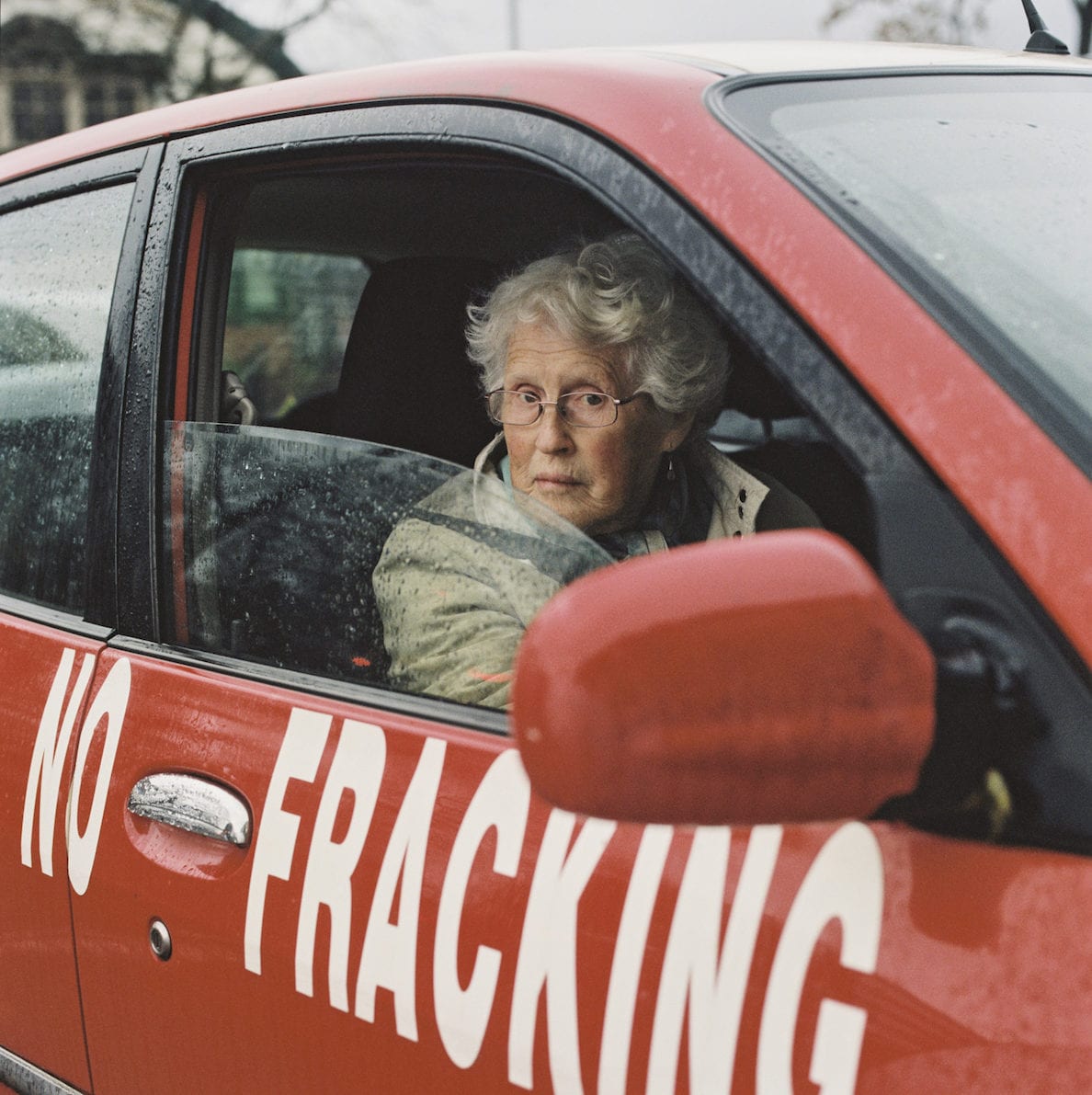

From a piano tuner jailed for taking direct-action, to an 87-year-old activist, Rhiannon Adam documents anti-fracking campaigners outside of the protest context
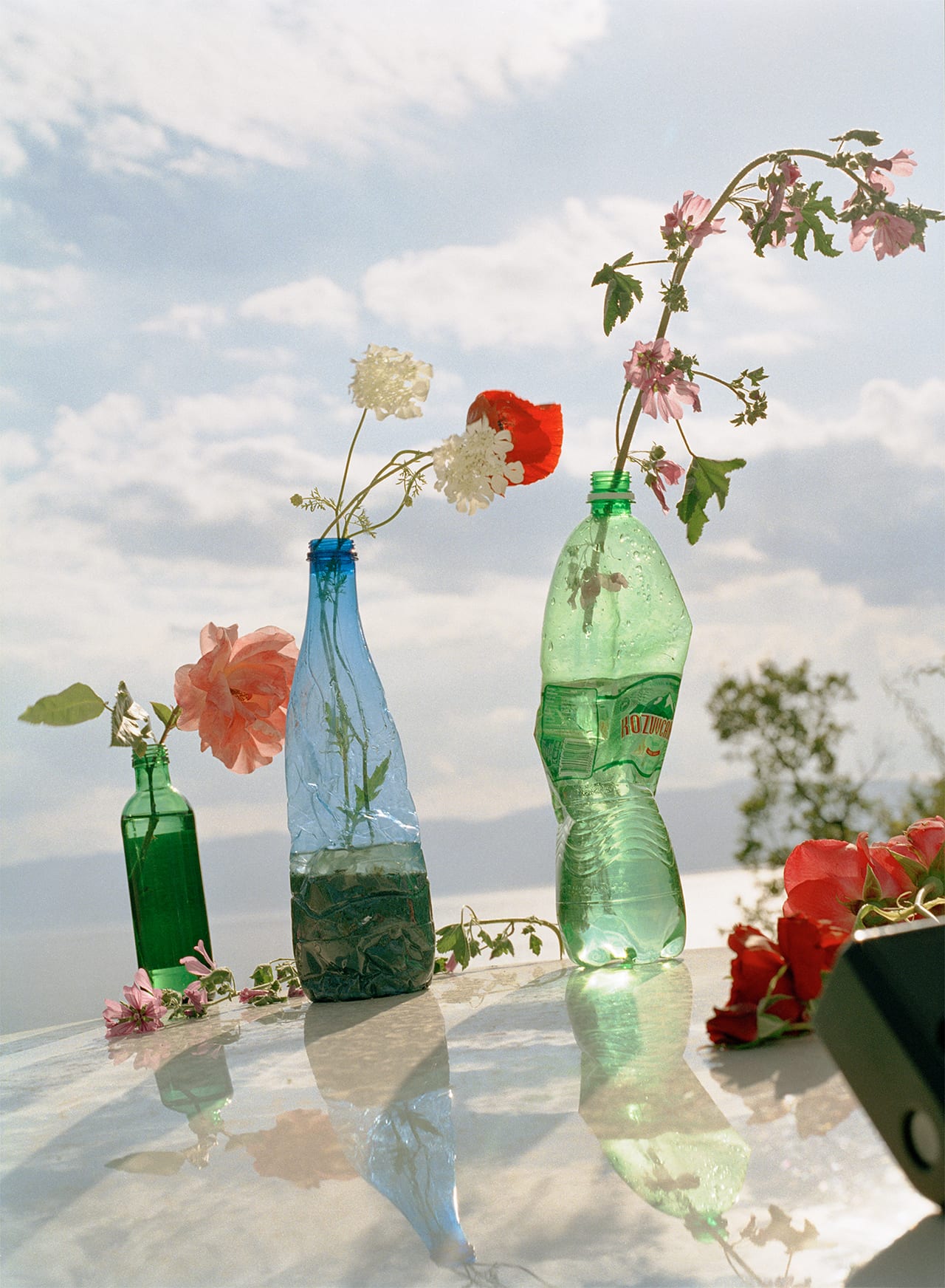
In 1989, a record number of 71,000 Soviet Jews were granted exodus from the USSR after a century of radical changes, fuelled by a wave of anti-semitism. Between 1988 and 2010 over 1.6 million Jews left the territory of the former Soviet Union, most of them settling in Israel but others heading for Germany, Canada, Australia, and the United States.
Irina Rozovsky was seven years old when her family fled from Russia to America in 1988. “It’s ironic in retrospect,” she says. “The USSR was a closed up place where Jews were discriminated against; in the end we were the ones that got to leave and seek out a better life. It was like winning the lottery.”
Rozovsky, now 37, lives in Georgia, US, with her husband and two-year-old daughter. “In my work I’m always circling back to the beginning of things, which for me is leaving one place and settling in another, adapting to a new life,” she says. “My photographs are not autobiographical, but I guess that history and the search for the familiar echoes in how I see. Not being able to see the place that you remember, I think that drives my photography.”
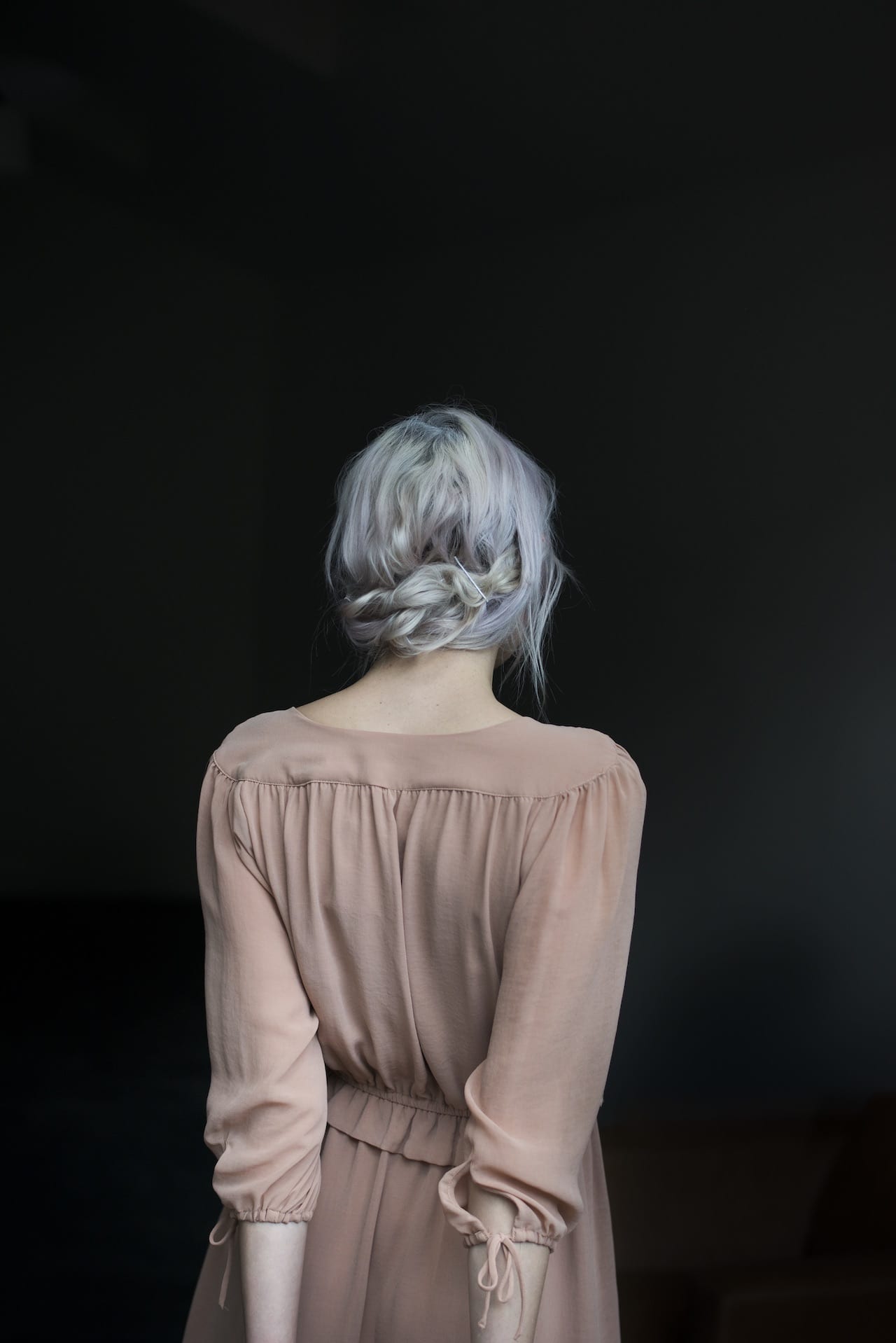
To look through Todd Hido’s lens is to view the world darkly. The San Francisco-based photographer’s entire oeuvre of compelling visual narratives is shrouded in inky obscurity, and in this regard, his latest work is no exception. The difference is that for the first time he has departed from his usual territory of suburban landscape and its relation to his own troubled childhood. Instead Bright Black World results from extensive travels abroad, and is steeped in a deep sense of pessimism about the future from the perspective of the present, attempting to “photograph the darkness that I see coming”.
There is something universally foreboding and immense happening here; work that captures nature on an awesome scale. And yet it can be read as a metaphorical measure of our individual existential lives, a dark poem alluding to our preconditioned mortality. His landscapes are magnificent in their brooding seduction, inspired by Norse mythology and the concept of Fimbulvetr – the long, harsh winter that precedes the end of Earth. Hido travelled to places he’d never visited before to capture these spectacles of natural devastation and melancholy, including the chilly vistas of the Norwegian tundra.
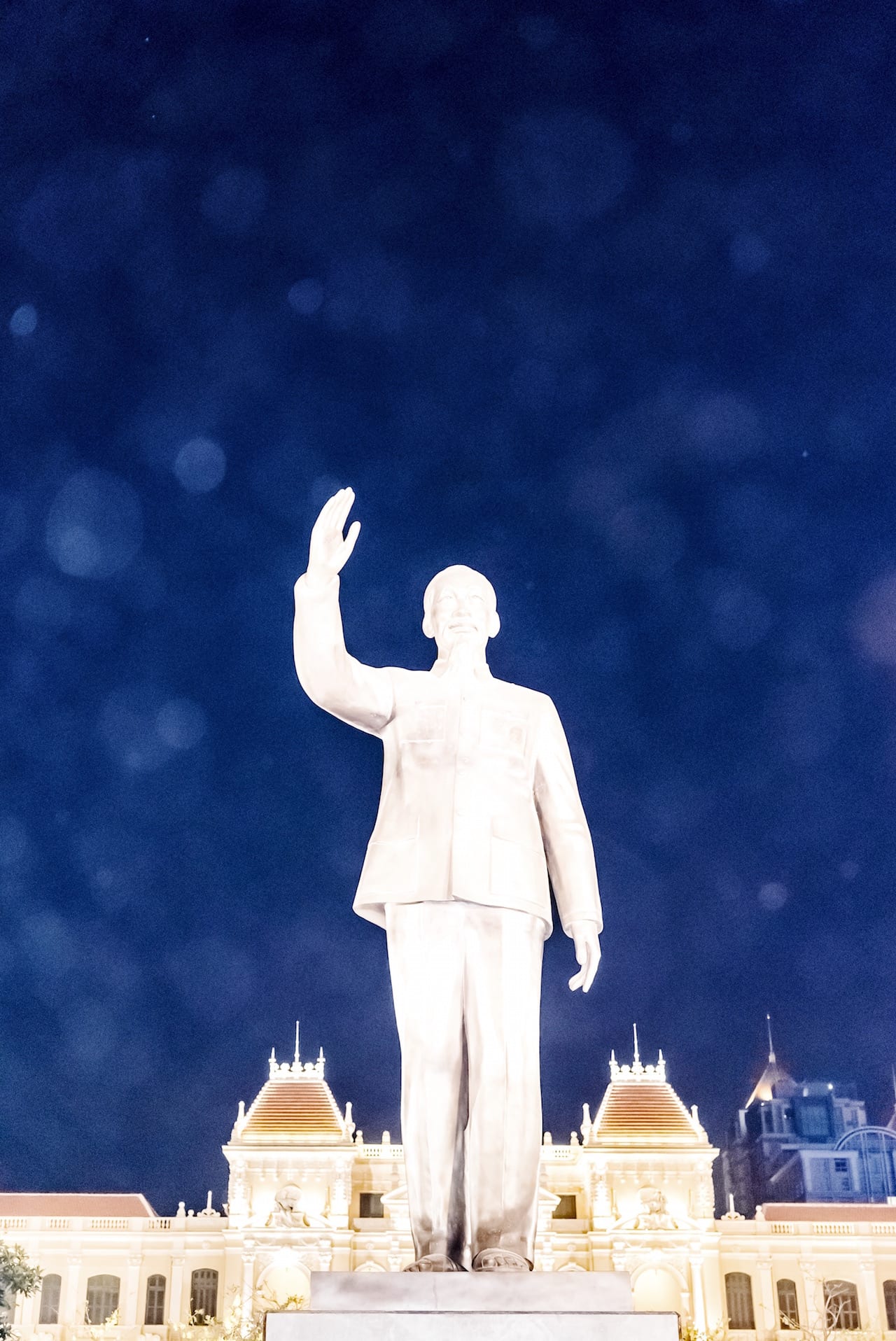
Charlie surfs on Lotus Flowers, which addresses the control of the one-party Communist government, and United States of Vietnam, which looks at the slow victory of capitalism over communism and its consequences for Vietnam’s economy. Using a combination of a staged, typological form of photography in United States of Vietnam, and a more autonomous, naturalistic style for Charlie surfs on Lotus Flowers, Sapienza intends to leave something for the viewer to work out. “They have to try to put their feet in the author’s shoes,” he says. “They just need to get the leitmotiv of your project, not the full, descriptive content. In that exchange lives the real core of the project.”
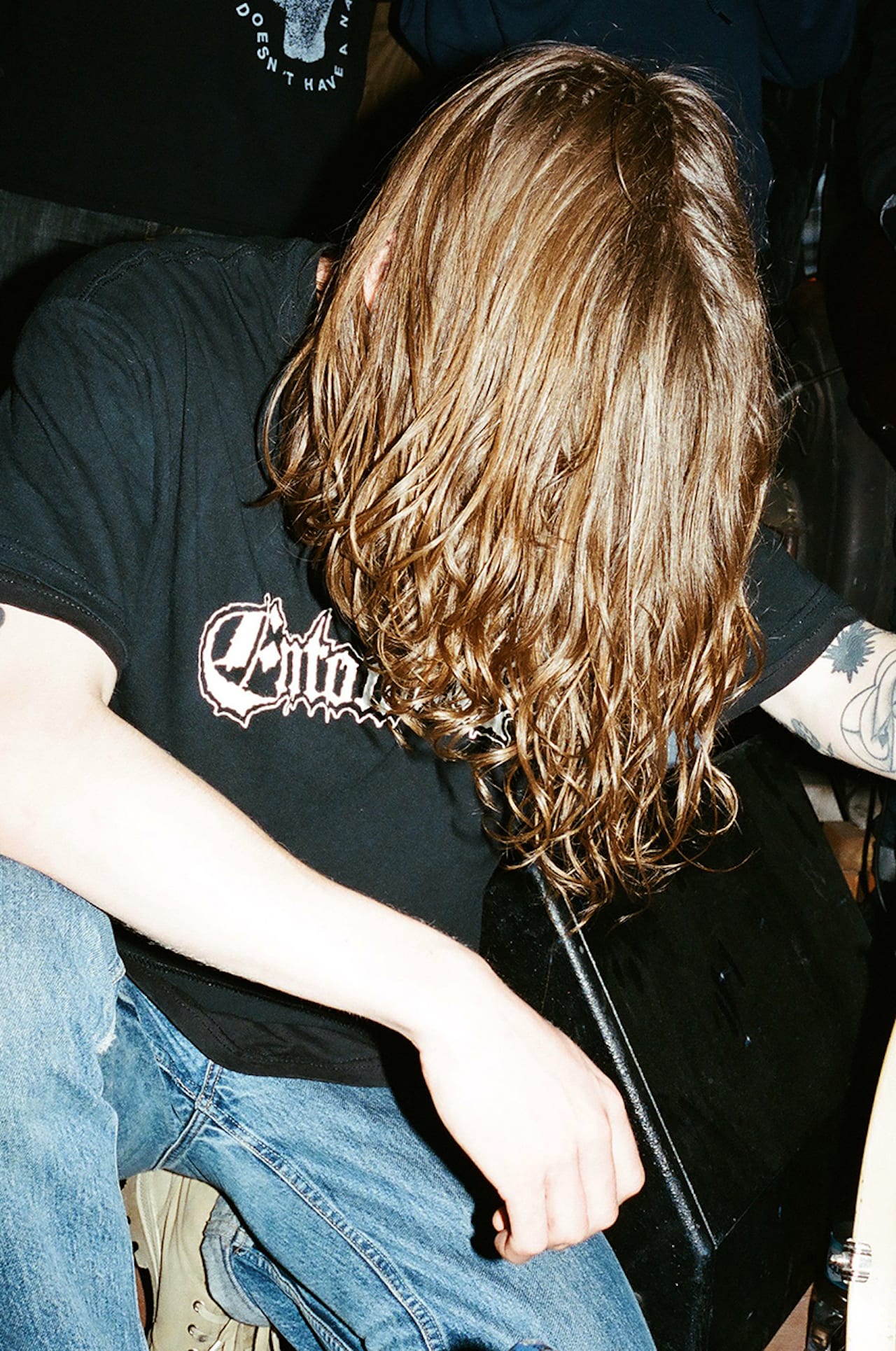
“The Soviet Union left a great heritage in various manifestations from architecture to people’s thoughts, and some are struggling to understand the new times,” says 22-year-old Ukranian photographer Vladyslav Andrievsky. “Often, because of this, the youth is struggling to find common ground with the elders.
“It’s obvious that there were many limitations when it came to one’s life or freedom. Today, when thinking about the Soviet Union, we are visualising it the way it could have been, not the way it was. Of course the fact that somebody could have been killed for a painting or a thought is shocking and devastating. Still, we are left with an enormous cultural heritage like art, literature, music, films, and we truly value that.
“Owing to people like Boris Mikhailov we can try to understand what life was like back then,” he continues. “In his book Case History he is showing homeless people like heroes, who are giving their lives for the brighter future of the new generations. As a young person I don’t want to be a let-down. I don’t want to upset Boris.”
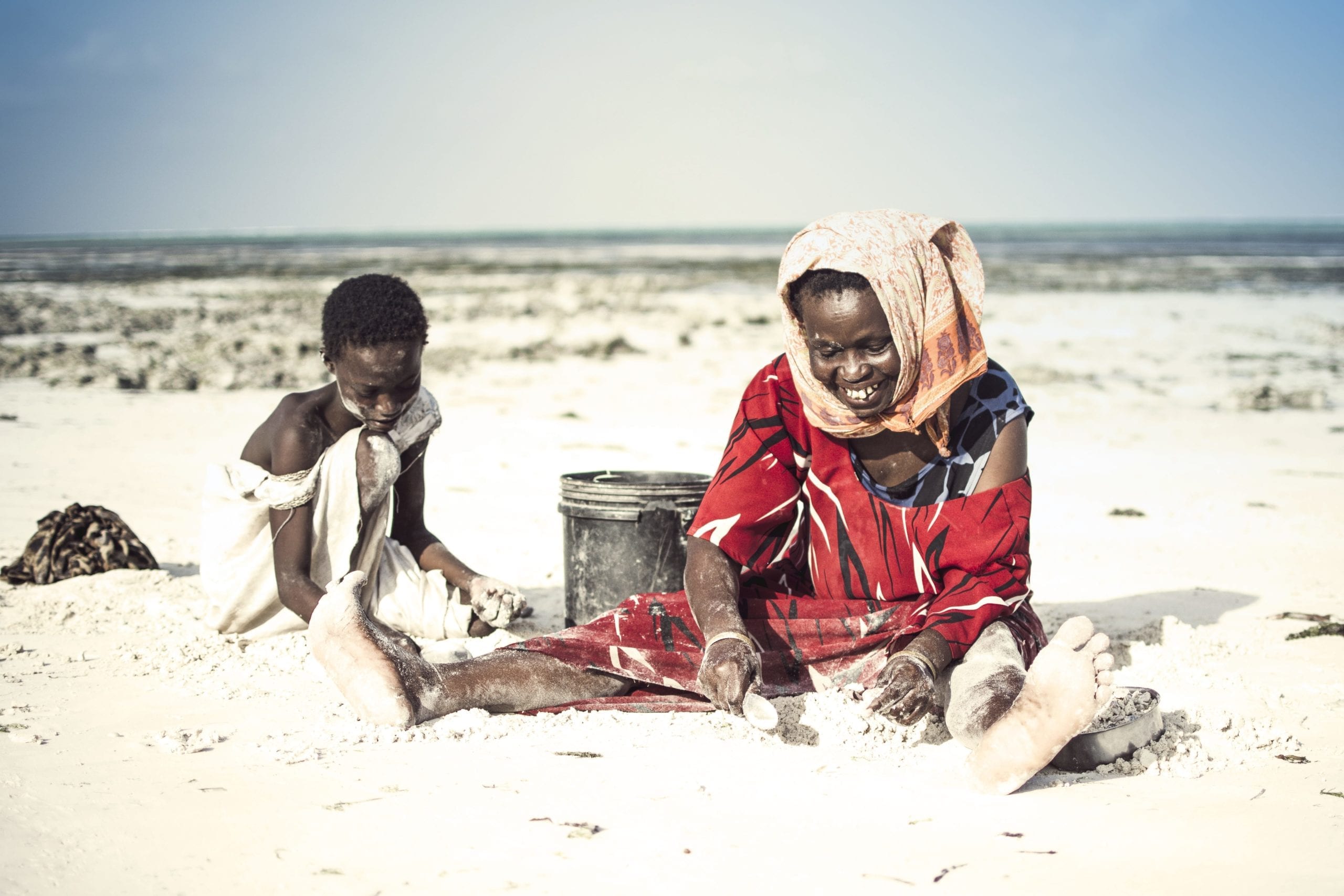
Fabiana Nunes is a Brazilian photographer based in Zurich, Switzerland. Having worked in the fashion…
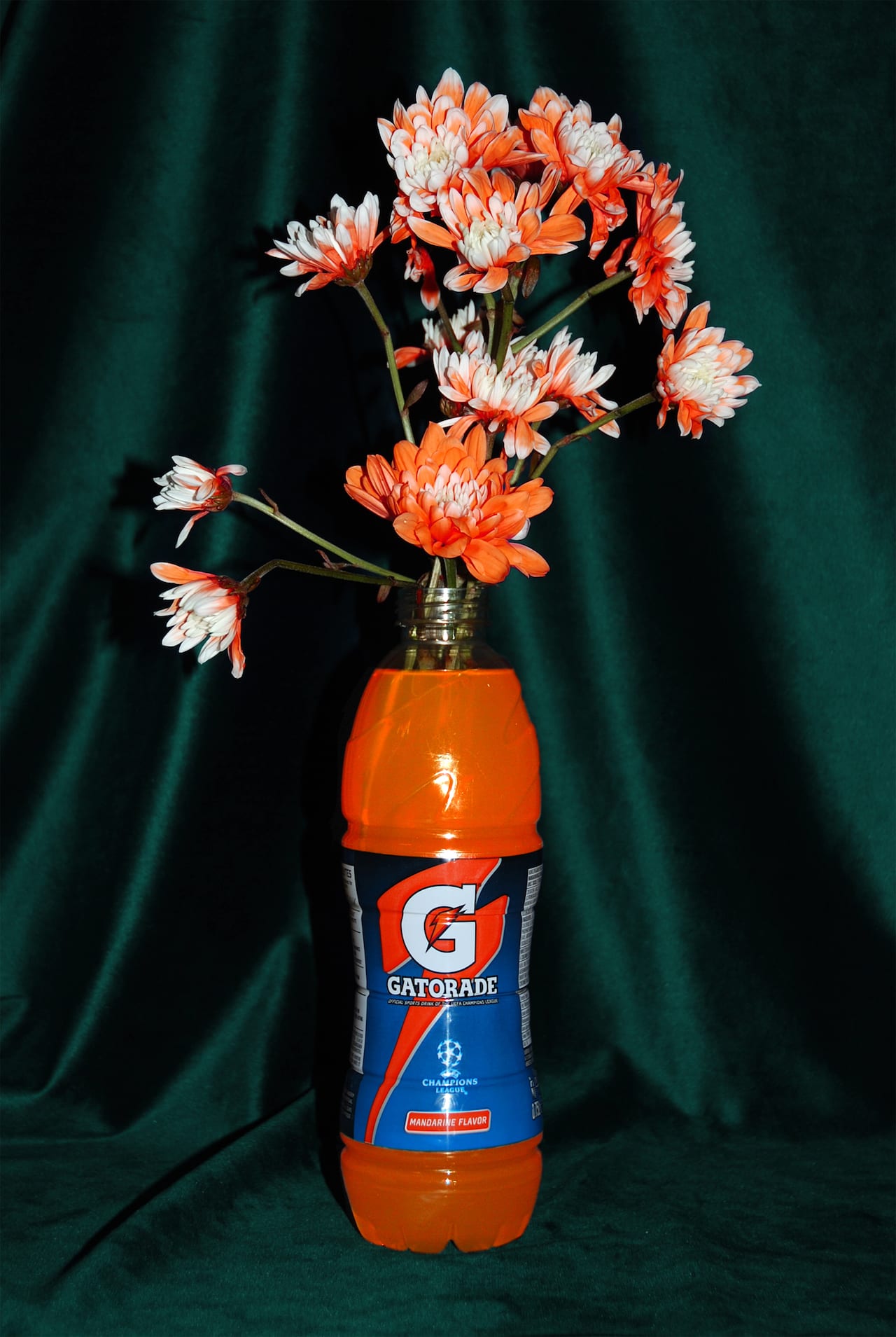
What happens when you put a white flower in a vase of coloured water? It’s an experiment some of us might fondly remember from our childhood, magically transforming a bunch of flowers with a dash of food colouring.
But the results are a little more frightening in a similar experiment by French artist Cornelius de Bill Baboul, as his flowers suck the colour out of sugary energy drinks. “I think they look a little bit like dancers,” he says. “Like kids on ecstasy in a techno club celebrating the end of the world”.
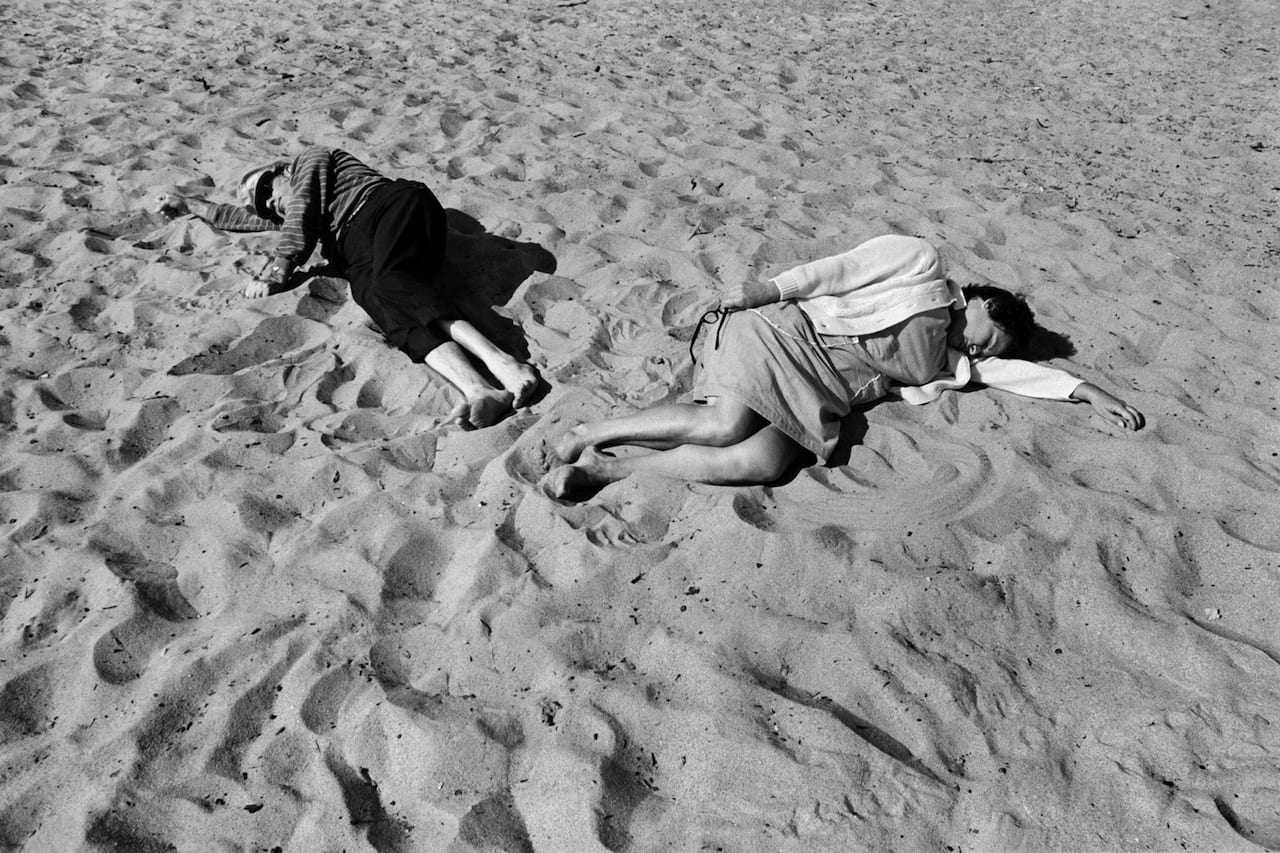
“People always ask me why I stopped photographing people,” says Anthony Hernandez, who in the…
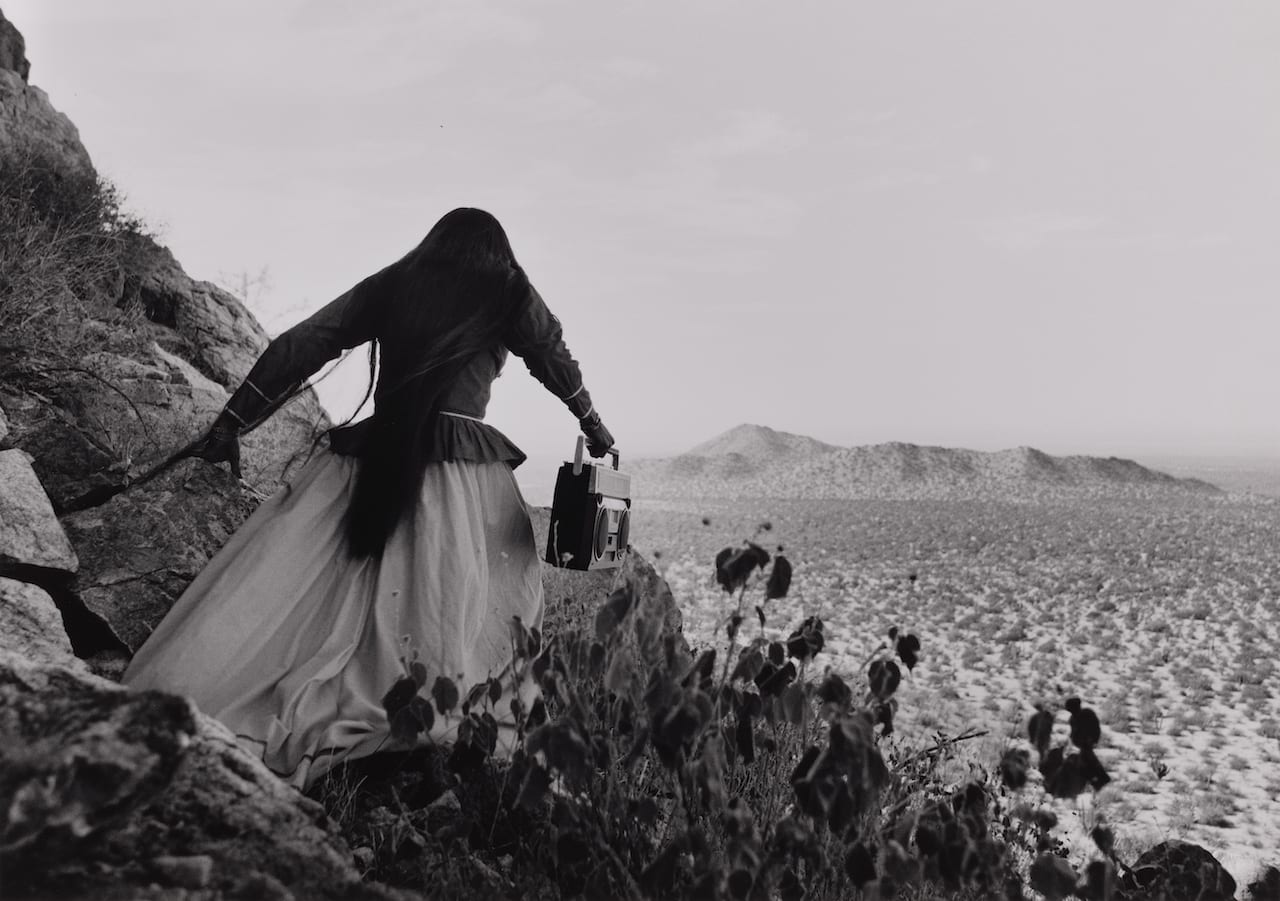
Behind a shop vitrine, a human skull, wearing a helmet adorned with a swastika, grins. Next to it, an animal – apparently taxidermic – stands rigid on the floor. The silhouette of a pair of legs belonging to a passer-by on the street reflects in the glass. Above this desultory display, a banner stuck to the top of the window reads, “Mexico… ¡quiero conocerte!”. In this single photograph, taken in 1975 in Chiapas, Graciela Iturbide projects her vision of Mexico: a country of political, religious, social, cultural and economic pluralities and tensions. A place where contrasts present themselves at every turn – sometimes harmonious, sometimes tense.
It is this multilayered image of Mexico that Iturbide has slowly peeled back and revealed through her photography over the last five decades. She has travelled extensively across her own country, between urban and rural landscapes, living with different communities, and moving from the physical to the transcendental, the ancient to the contemporary, witnessing and experiencing the juxtapositions intertwined in Mexican culture.